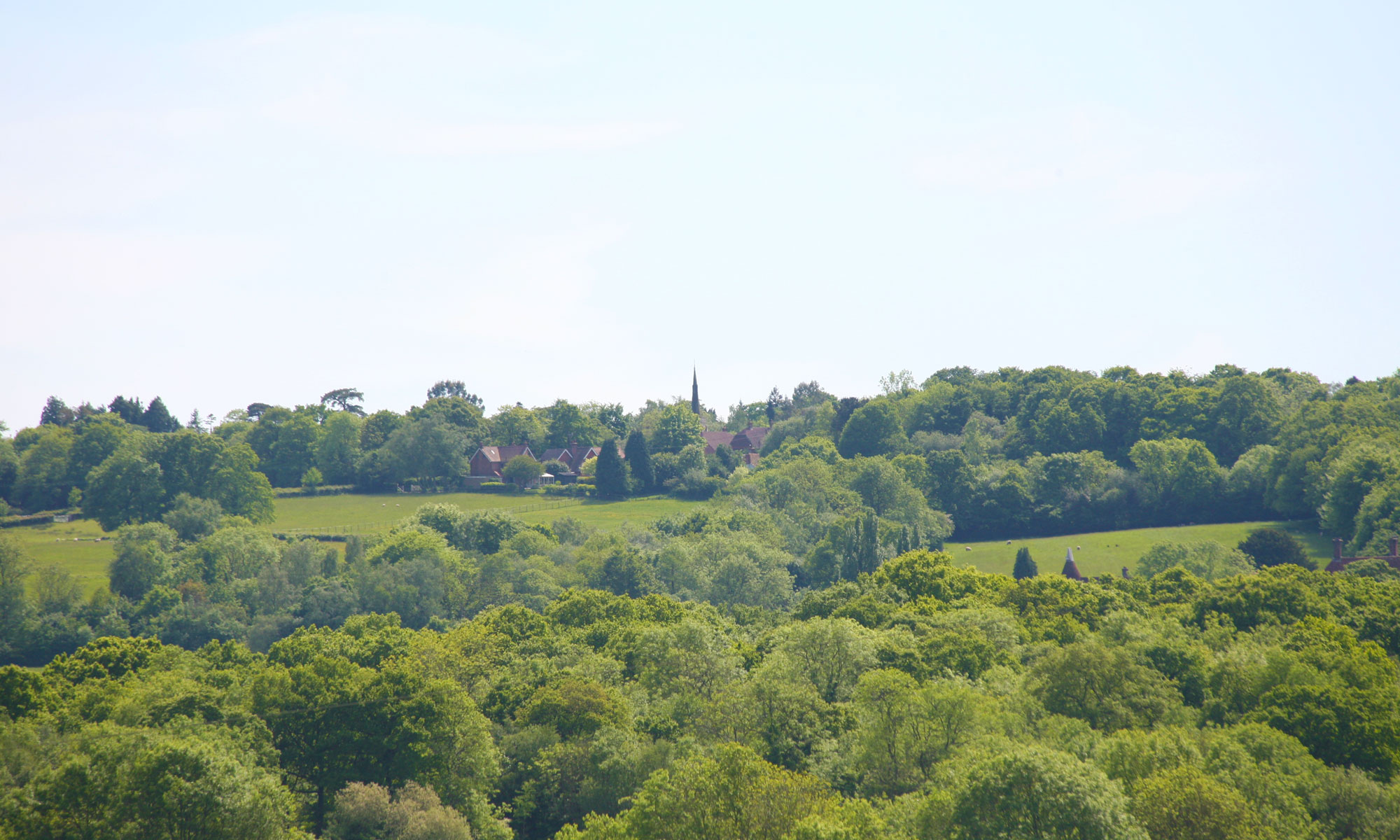 This month we have been reading The Dance Tree by Kiran Millwood Hargrave (2022). Recommended by BBC2’s ‘Between the Covers’, we found it to somewhat of a ‘Marmite’ book.
This month we have been reading The Dance Tree by Kiran Millwood Hargrave (2022). Recommended by BBC2’s ‘Between the Covers’, we found it to somewhat of a ‘Marmite’ book.
It is set during the real-life dancing mania of 1518 in Strasbourg when hundreds of women joined in a dance, without stopping despite hunger and bleeding feet, part of a mania that occurred in Europe between the 14th and 17th centuries. It is narrated through the eyes of Lisbet, a farmer’s wife heavily with her thirteenth child, having lost the previous twelve. The whole region is suffering from famine due to the drought and the blistering hot summer. It is also suffering from the oppression of a tyrannical Authority controlled by a corrupt and powerful Church. Lisbet is in a loveless marriage and desperate to bear this baby successfully. She is a lonely figure surrounded by mysteries – what sin was her sister-in-law Agnethe guilty of that she was sent away to a monastery for seven years and has now returned emaciated and with a scarred shaven head? Why is Ida, Lisbet’s best friend behaving so oddly? Why is Sophe her mother-in-law so grim?
Lisbet’s solace is in caring for the bees for which she has a talent and which brings the farm most of its income. This is threatened when the neighbouring monastery claim the bees because they are ‘stealing’ the nectar from their flowers.
Into this unhappy household come two musicians hired by the Authority to play for the dancers in the hope that they will dance themselves to a standstill; they add complications to her life but also play a major part in saving Lisbet and her friends.
Lisbet however has one escape – her Dance Tree. It stands in the cool forest with scraps of material she has tied to it for every lost child. Here she comes for solace and peace but it is also here that the climax occurs and the truth is revealed to Lisbet.
There is a sense of foreboding hanging over the novel as Lisbet travels to and from the town in the extreme heat for news, supplies and to give help to the poor. One of the strengths of the book is the realistic and vivid descriptions of the town in all its stench and poverty.
Indeed, those who enjoy rich and poetic language will appreciate Hargrave’s descriptions of the forest and activities around the farm. She is able to use her experience as a poet to create atmosphere and a sense of place that many of us enjoyed. However, some of us felt that the language was at times excessively ornamental, and style prioritised over substance.
The novel is about the endurance and strength of women in the face of misogyny, racism and bigotry, and we enjoyed the character of Lisbet and how she faced her trials, although so many issues were included here that there was a tendency for characters to become stereotypes – more depth was needed. The brief vignettes of the experiences and hardship of some of the dancers interspersed between the chapters were interesting and added to our awareness of the condition of women of the time, but the narrative itself sometimes lost direction and became repetitive.
The novel has received glowing reviews and many readers love it. If you enjoy descriptive atmospheric language and a focus on the strength of women in the face of oppression then this is the book for you.
Our next book is Trace Elements by Donna Leon.
Heather Mines

